|
Good morning all on Tuesday 2nd March, that no man's land between the start of the week and the middle; never was Tuesday the new Friday. So as we hurtle towards Wednesday, let's have a quick look at what's been happening in Italy over the last 24 hours.
There is some great news around the virus numbers: yesterday in Italy there were 13,114 new Coronavirus cases, still a fair few, but it was only a few days ago that the numbers seemed to be spiralling out of control with 20,000 plus per day. Yesterday's figure marks a sharp decline on the previous day so let's hope and pray that's not a numeric blip and we see another drop this afternoon. On the subject of the virus, I should also give a mention to my home country of the UK where things really are speedily heading in the right direction. Just 5,455 new cases there yesterday and the country's early vaccination rollout seemingly paying huge dividends now. There's been more talk about vaccine passports, now renamed as a "Digital Green Pass", which would hasten the possibility of international travel. There was a fear that it wouldn't be possible until everyone was vaccinated but this looks like a sensible solution to allow those people that have either had a vaccine or a negative test/set of tests to travel again. Other little snippets of Italian news are a bit thin on the ground today: there's some chatter about the Sanremo Festival but nothing of consequence, and some speculation over certain regions changing from orange to dark orange in the colour-coded restrictions. I don't want to get too bogged down with all the ins and outs of those though as they have been changing so regularly and will continue to change many times before it becomes relevant to International travellers. I will pick up on two pieces of positivity on that though: the first one being people in Sardinia enjoying their new found freedoms after moving into the white zone yesterday, and the second one being the reopening of Genoa's famous aquarium after an enforced four month closure. Plenty to be feeling good about in terms of the news I would say so let's see of the weather can provide some further succour. Well, it looks like another "scorchio" day today with sunshine expected everywhere; the temperatures are nothing really to write home about with elevated Perugia feeling a bit chilly at 11° Celsius while Cagliari enjoys a relatively balmy 17°C. Sardinia definitely seems the place to be this week! I try to spread my little spotlight features around the country so to speak; yesterday we had a look at archaeological sites in Campania, while last week we were in Marche, Sardinia, the Pelagie Islands of Sicily and the lakes of Piedmont and Lombardy, so let's head back towards the middle of the country and shine a light on Tuscany. I suppose the typical image of Tuscany comes from its rolling fields stitched together with Cypress trees, a scene that very much belongs to the Val d'Orcia, along with medieval or Renaissance hill towns such as Volterra and Montepulciano. I'll go into more detail on those places at a later date but for now I wanted to highlight a side of Tuscany that is perhaps undervalued: its islands. The Tuscan Archipelago doubles-up as an island group and one of Italy's national parks. There are seven islands in the archipelago, lying off Tuscany's coast between the Tyrrhenian Sea to the south and the Ligurian Sea to the north, hemmed in by the large landmass of French-owned Corsica to the west. By far the largest of the Tuscan Archipelago islands is Elba; made famous by Napoleon who was exiled there, but reinvented in the last 40 years or so as a holiday destination in response to the death of its mining industry. Elba has more than eighty beaches, some of which are spectacular and included in my list of best beaches in Italy, as well as some interesting port towns with its capital Portoferraio chief among them. It's the third largest island in Italy behind Sicily and Sardinia, and as such has lots of space within which you can explore; renting a car here is a good idea as the island's road network is excellent and you can drive almost all the way around its coastline, enjoying some dramatic scenery. From Elba you can take a day trip to another of the islands in the group: Pianosa. The contrast between Elba and Pianosa is great; firstly, Pianosa is tiny, half-abandoned and the site of a prison. Italy has had a policy of using its islands as prisons in the past and there are other beauty spots where you'll find them such as Asinara in Sardinia or Isola Santo Stefano in Lazio's Pontine Islands. In fact, of the seven Tuscan Archipelago islands, two have this very feature. Pianosa's prison is no longer used however, and only serves as an added curiosity on what is a very pretty island; the shallow waters of its beach leading up to the prison port creating one of its most iconic images. That second island with a prison is Gorgona. In Gorgona's case however, the prison is still very much alive and no doubt, kicking. It's one of two of the archipelago's islands that you can't really visit, I'm using really as a caveat because, OK, you can visit Gorgona if you're the relative of an inmate/an inmate yourself, and you can also stop and take photos of it if you catch one of the ferries to Capraia that stop there on the way. We had a look at Capraia a few weeks ago; remember the whodunnit on the island of 400 inhabitants that had a thief in their midst? Well there's still no update on who "did it", but let's not allow that to detract from the island's typical offerings which are tranquility, hiking routes and some lovely beaches. Montecristo is the second of those islands that you can't really visit. In this case, the really bit is nothing to do with the world of crime or catching a break with the ferries, but due to the fact that the island is a protected nature reserve where you can only visit with special permission. You may be wondering if it's the island that inspired the Alexandre Dumas novel The Count of Monte Cristo, and indeed it is. If you want to be picky, then we can say it's also possible to visit the island if you're a fictional character from the 19th century but I know most of you aren't. That brings me to the two final islands which are very close to each other, just a short distance out to sea from the port town of Porto Santo Stefano on the Monte Argentario peninsula. The smaller of these two is Giannutri which has around 10 permanent inhabitants, a charming piazza and a couple of beaches. Of those two beaches, one is quite spectacular, the Cala Spalmatoio. Arguably I've saved the best for last and this is indeed one of my favourite Italian islands. It's called Giglio which means Lilly in English and the name is just the beginning of its charm. It's closer to the Tuscan mainland than any of the other islands in the group and really easy to reach by ferry. The island hit the news in 2006 when the giant cruise ship, the Costa Concordia, ran to ground off the east coast of Giglio and had to be evacuated. Sadly, 32 people lost their lives in the tragedy and the ship's captain, Francesco Schettino, entered folklore for all the wrong reasons after abandoning ship. The ship has now gone and the tragedy gradually fades into a memory, leaving the beautiful little island to continue on its merry way. Its arrival port is one of the prettiest in Italy, a little cluster of low-rise buildings in an array of colours, set against the backdrop of the aquamarine sea. From the port you can walk to two of Italy's most beautiful beaches: Cala delle Caldane and Cala delle Cannelle. Even if you don't want to swim, it's a wonderful place to hike and explore. The rest of the island requires motorised transport; there are buses on the island but renting a scooter is much more fun. The centre of the island is dominated by a hill, upon which sits the village of Giglio Castello, one of the Borghi Più Belli d'Italia (Italy's most beautiful villages). From there you can gaze across to the western coast of the island where there's a beach resort called Campese. Well I think that's more than enough from me today. I'll leave you with some images of the Tuscan Archipelago and I'll be back with more tomorrow. I hope to be able to report glad tidings on the virus front as well! Comments are closed.
|
AuthorMy name is Dion Protani, founder of Italy Review. The Italy Review blog is designed to provide ideas and inspiration to visit places in Italy you might not have heard about, as well those you have. Archives
December 2023
Categories |
- Home
-
Must See Italy
-
Cities of Italy
>
-
Towns and Villages of Italy
>
- Hill Towns of Italy >
- Historic Towns of Italy >
- Mountain Towns of Italy >
- Ski Resorts of Italy >
- Colourful Italian Towns >
- Italy's Most Beautiful Villages >
- I Borghi Piu Belli d'Italia >
- Orange Flag Towns of Italy >
- Vineyard Towns of Italy >
- Mural Towns of Italy >
- Spa Towns of Italy >
- Ghost Towns of Italy >
-
Italian Coastal and Lake Resorts
>
-
Italian Islands
>
-
Man-Made Landmarks of Italy
>
-
Natural Landmarks of Italy
>
-
Religious Buildings of Italy
>
-
Cultural Institutions of Italy
>
-
UNESCO World Heritage Sites in Italy
>
- Residences of the Royal House of Savoy >
- Arab-Norman Palermo and the Cathedral Churches of Cefalu and Monreale >
- Early Christian Monuments of Ravenna >
- Longobards in Italy Places of the Power 568 to 774 AD >
- Medici Villas and Gardens in Tuscany >
- Late Baroque Towns of the Val di Noto South Eastern Sicily >
- 18th Century Royal Palace at Caserta with the Park the Aqueduct of Vanvitelli and the San Leucio Complex >
- Venetian Works of Defence Between the 16th and 17th Centuries Stato da Terra Western Stato da Mar >
-
Parks of Italy
>
-
Cities of Italy
>
-
Italy
-
Travel
- Airports of Italy >
- Price List for Italian Airport Transfers >
-
Italy Ferry Routes and Schedules
>
-
Sicily Ferry Routes
>
- Aeolian Islands Ferry Schedules >
- Aegadian Islands Ferry Schedules >
- Pelagie Islands Ferry Schedules >
- Mazara del Vallo Ferry Schedules
- Messina Ferry Schedules
- Milazzo Ferry Schedules
- Palermo Ferry Schedules
- Pantelleria Ferry Schedules
- Pozzallo Ferry Schedules
- Termini Imerese Ferry Schedules
- Ustica Ferry Schedules
- Gulf of Naples Ferry Routes >
- Amalfi Coast Ferry Routes >
- Tyrrhenian Sea Ferry Routes >
- Pontine Islands Ferry Routes >
- Calabria Ferry Routes >
- Tuscan Archipelago Ferry Routes >
- Ligurian Sea Ferry Routes >
- Sardinia Ferry Routes >
- Italian Adriatic Ferry Routes >
- Tremiti Islands Ferry Schedules
- Italy to Albania Ferry Routes
- Italy to Greece Ferry Routes
- Italy to Corsica Ferry Routes
- Italy to Croatia Ferry Routes
- Italy to Spain Ferry Routes
-
Sicily Ferry Routes
>
- Italian Ferry Ports
- Driving in Italy >
- Trains in Italy >
- Buses in Italy
- Trams in Italy
- Taxis in Italy
- Italy Hotels
-
Culture
-
Italian Architectural Styles
>
- Ancient Roman Architecture
- Early Christian Architecture
- Italian Byzantine Architecture
- Italian Romanesque Architecture
- Italian Gothic Architecture
- Italian Renaissance Architecture
- Italian Baroque Architecture
- Italian Neoclassical Architecture
- Liberty Style Architecture
- Italian Fascist Architecture
- Modern Italian Architecture
- Articles >
- Italian History
- Italian Cuisine by Region
- Italian Opening Times
- Film and TV Locations in Italy
-
Italian Architectural Styles
>
SITE SEARCH
If you want to find a page quickly and you're not sure where to look you can use the Site Search box below and it'll point you in the right direction.
YOUR COMPLETE GUIDE TO ITALY
|
Italy Review is an independent guide to Italy, showcasing the very best that the country has to offer. Throughout the four thousand pages of the website you'll find comprehensive tourist information, opinion and original photos.
Alongside the major tourist destinations that you've already heard of, there are thousands of others that may come as a surprise with the intention of the website to provide inspiration for your future trips to the country. The photos and descriptions on the website are all my own work and are the fruit of my extensive travels around the country. I've visited every place that's listed on the website which means I'm able to give useful advice for first-time visitors. You can keep in touch with the latest developments in Italy via my Italy Review Blog for which you'll find links below to the Facebook and Twitter pages. If you'd just like to start your exploration of Italy with some ideas of places to go then I'd recommend starting at the highlighted must see Italy page. Or using the grid to your right you can click a photo to enter the main menus. |
|
THE ITALY REVIEW NETWORK SISTER SITES:
All photos and images on the site that are marked with the © copyright symbol or with the Italy Review series logos are the property of Italy Review and must not be used elsewhere without prior permission. All written content on the website is also the property of Italy Review and its use is strictly limited to this website alone.

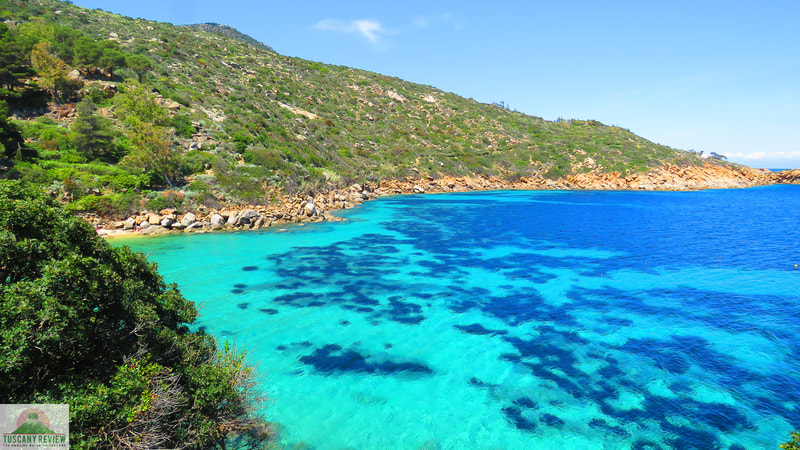
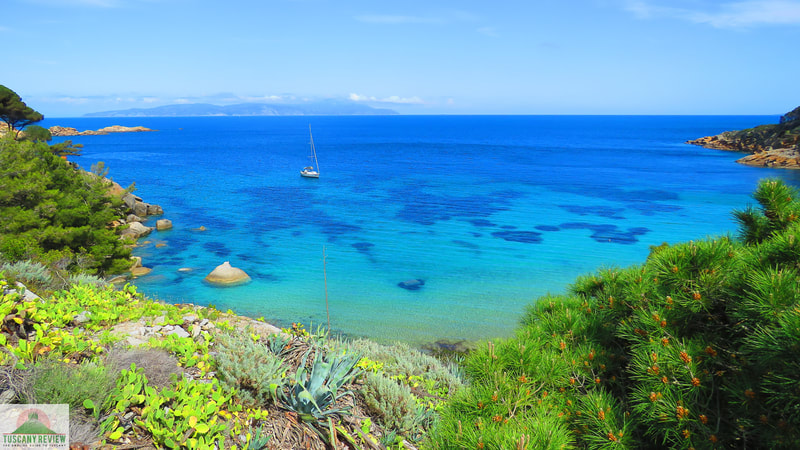
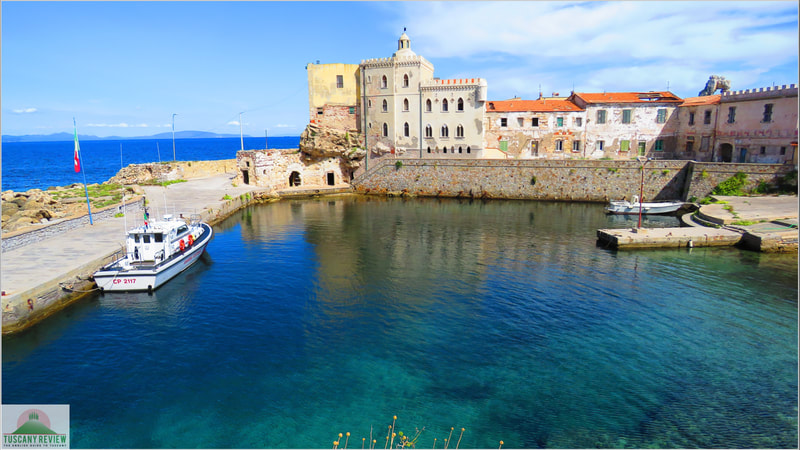
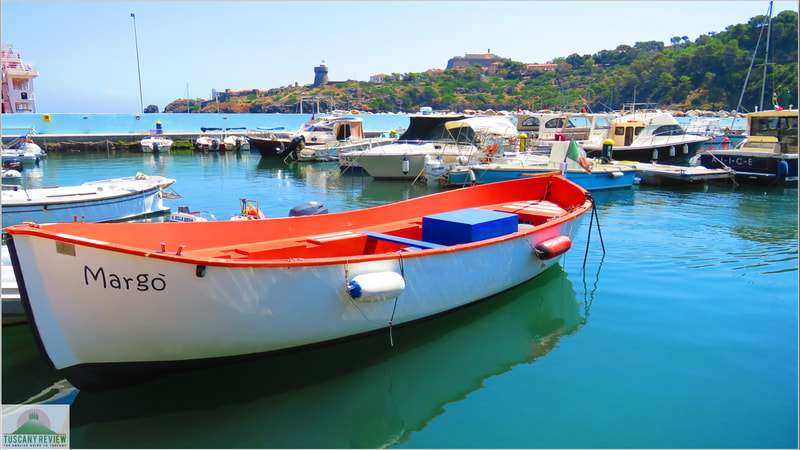
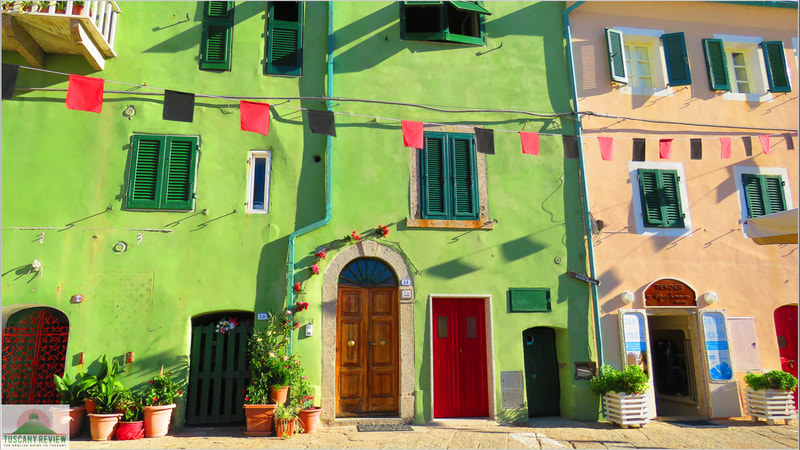
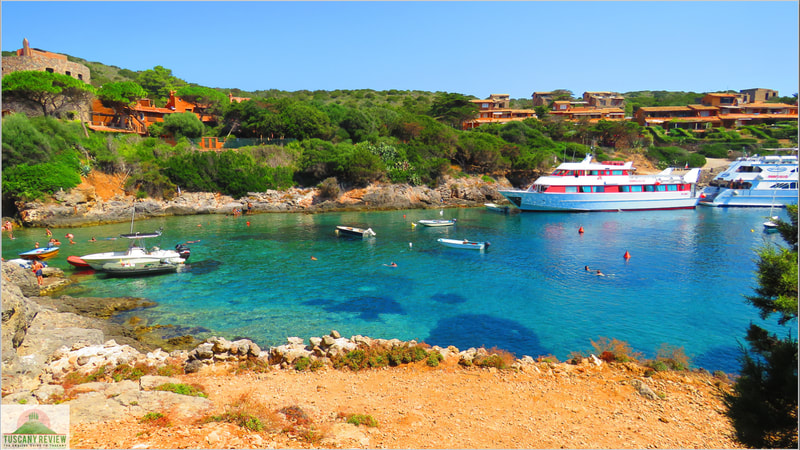
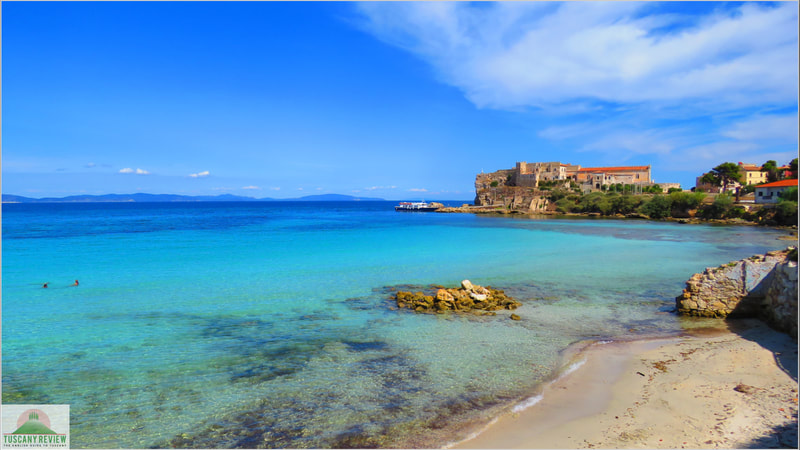
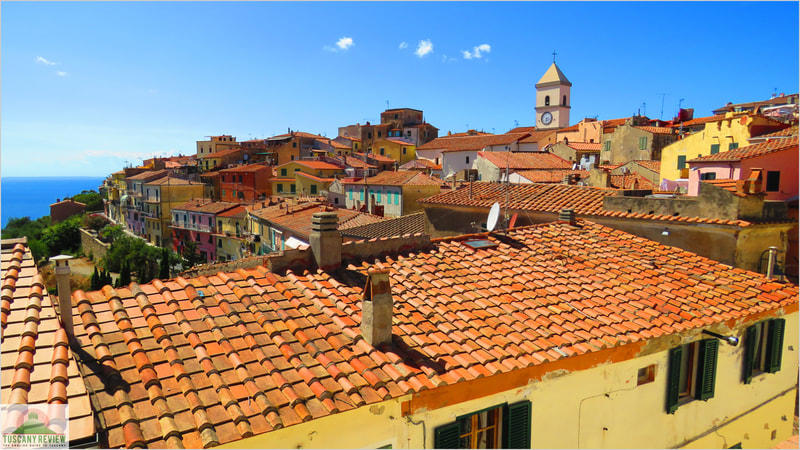
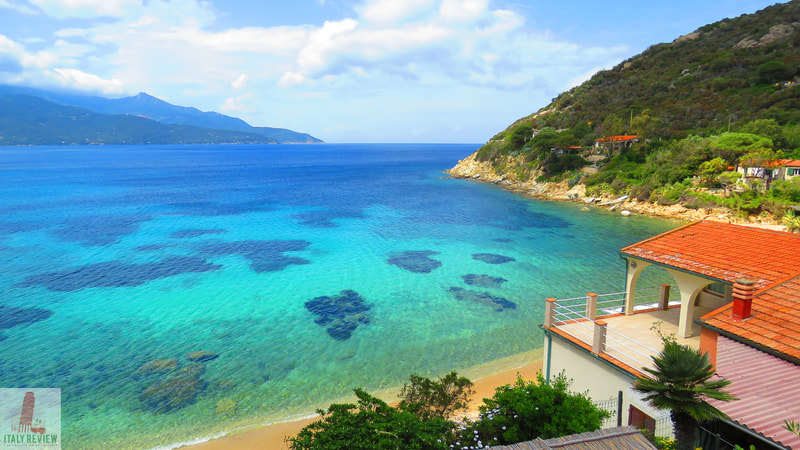

 RSS Feed
RSS Feed




















